Artisanal Paper Elaboration
A course by Juan Barbé , Paper Engineer
Learn to create handmade paper using plant fibers
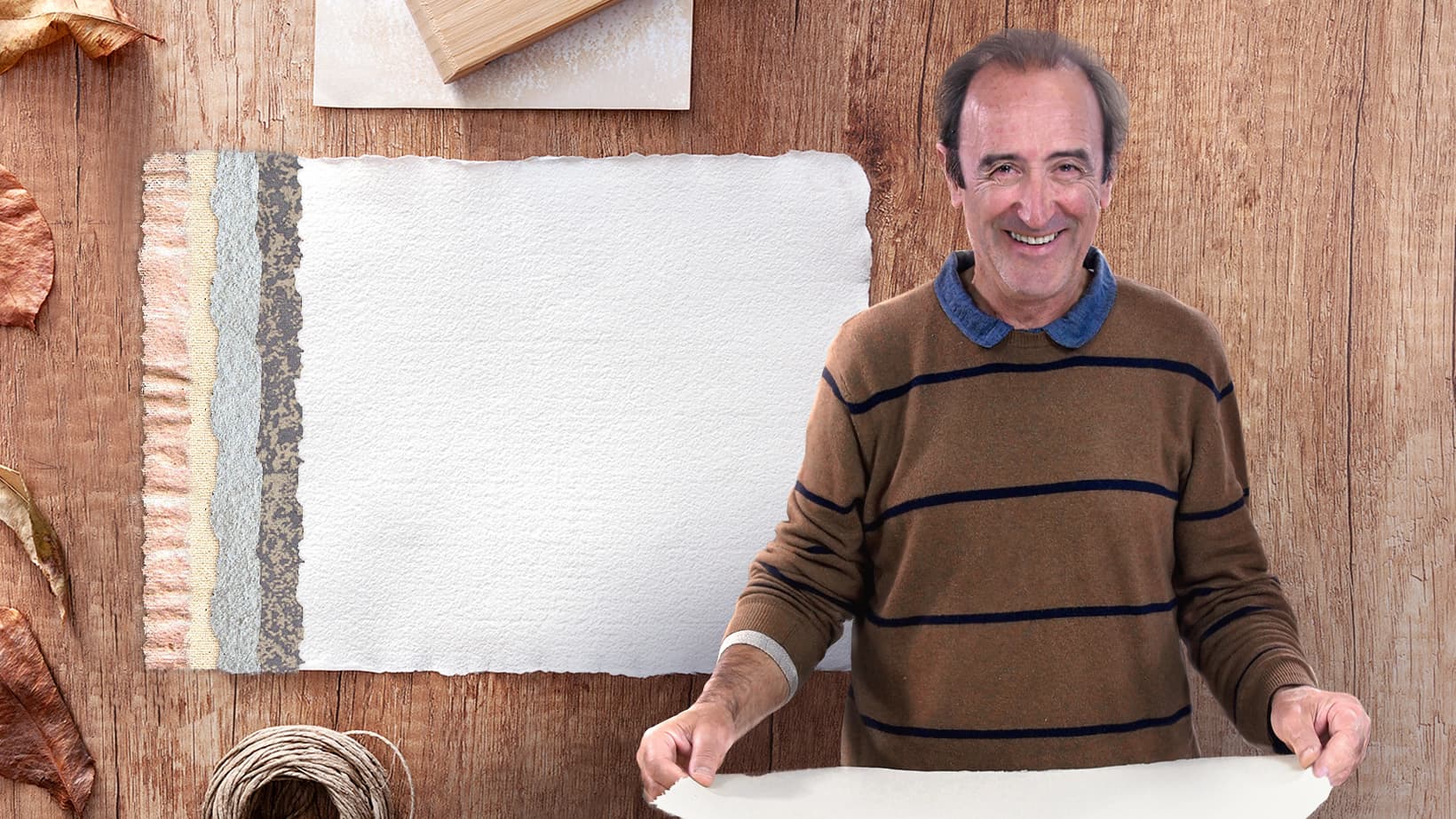
Learn to create handmade paper using plant fibers
What catches your eye when you see a painting or an illustration? You might marvel at the lines, colors, and textures, but have you ever considered that the paper that lies beneath could be a work of art in its own right?
Centuries ago, paper wasn't mass-produced but handcrafted with artisanal methods that have stood the test of time, and paper engineers like Juan Barbé have dedicated their careers to preserving the artistic value and unsurpassable quality of these traditional techniques.
Renowned artists such as Eduardo Chillida, Manolo Valdés, Rafael Canogar, and Antoni Tàpies have trusted his paper with their artwork, exhibiting both their own masterpieces and Juan's in museums and galleries all over the world.
In this online course, learn to create your own handmade paper with plant fibers as Juan walks you through the whole process, from sourcing the plant fibers to pressing and drying them. Discover timeless, traditional ways to produce paper you can use for printing, bookbinding, restoration, decorative art, and all kinds of artistic projects, experimenting with different plant fibers and harnessing the unique colors, textures, and properties offered by each one.
What will you learn in this online course?
13 lessons & 3 downloads
- 99% positive reviews (311)
- 6,213 students
- 13 lessons (50m)
- 3 additional resources (0 files)
- Online and at your own pace
- Available on the app
- Audio: Spanish, English
- Spanish · English · Portuguese · German · French · Italian · Polish · Dutch
- Level: Beginner
- Unlimited access forever
What is this course's project?
Create your own high-quality, handmade paper out of cattail plant stalks as Juan guides you through all the traditional processes, from sourcing the plant fibers to pressing and drying your paper.
Projects by course students
Who is this online course for?
Artists, illustrators, bookbinders, artisans, paper-restoration specialists, and anyone interested in exploring the art of artisanal papermaking.
Requirements and materials
No prior knowledge is necessary; Juan walks you through the entire method step by step, just as if you were his apprentice.
As for materials, you need cattail plant stalks, alkali, a deckle and mold, a paper press, cutting utensils, felts, and fabric interfacing. All these materials are easy to find, but Juan also reveals some alternatives so that you have no trouble finding what you need for your final project.

Reviews
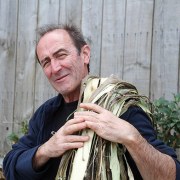
A course by Juan Barbé
Juan Barbé is a paper craftsman who has dedicated his career to preserving the artisanship of traditional papermaking methods. There's undoubtedly an air of mystery surrounding this ancient and obscure art form. With so few professionals in the industry today, Juan had to teach himself all the tricks of the trade.
He founded Eskulan studio in 1983, and since then, he has led a number of workshops all over the world in collaboration with Instituto Cervantes, teaching at La Facultad de Bellas Artes in Damascus, the Jordan National Museum in Amman, and in Tangier. He collaborated with La Fundación ArtSur in Nicaragua for several years, helping to optimize a workshop specialized in banana-fiber papermaking in Malacatoya and opening another workshop in Granada. He also took his talents to Mexico, collaborating at La Ceiba Gráfica and in Oaxaca.
In 2017, he published his own book, Las plantas y su papel: 102 recetas papeleras, detailing a variety of papermaking methods.
He continues to teach courses and lead workshops all over Spain, working with artists both locally and abroad, and he travels all over America and Asia every chance he gets, visiting different papermaking organizations and getting to know the local artisans and their workshops.
Content
-
U1
Introduction
-
Presentation
-
Influences
-
Materials and tools for the project
-
-
U2
Where does the paper come from?
-
What is paper?
-
Fiber location, collection, storage and drying
-
Preparation of the plant
-
-
U3
How to make paper
-
Cooking methods
-
Washed
-
Fiber milkshake
-
Leaf formation
-
Pressing and drying
-
-
U4
Applications and final recommendations
-
Applications and uses
-
Final recommendations
-
-
FP
Final project
-
Crafting of paper
-
What to expect from a Domestika course
-
Learn at your own pace
Enjoy learning from home without a set schedule and with an easy-to-follow method. You set your own pace.
-
Learn from the best professionals
Learn valuable methods and techniques explained by top experts in the creative sector.
-
Meet expert teachers
Each expert teaches what they do best, with clear guidelines, true passion, and professional insight in every lesson.
-
Certificates
PlusIf you're a Plus member, get a custom certificate signed by your teacher for every course. Share it on your portfolio, social media, or wherever you like.
-
Get front-row seats
Videos of the highest quality, so you don't miss a single detail. With unlimited access, you can watch them as many times as you need to perfect your technique.
-
Share knowledge and ideas
Ask questions, request feedback, or offer solutions. Share your learning experience with other students in the community who are as passionate about creativity as you are.
-
Connect with a global creative community
The community is home to millions of people from around the world who are curious and passionate about exploring and expressing their creativity.
-
Watch professionally produced courses
Domestika curates its teacher roster and produces every course in-house to ensure a high-quality online learning experience.
FAQs
Domestika's courses are online classes that provide you with the tools and skills you need to complete a specific project. Every step of the project combines video lessons with complementary instructional material, so you can learn by doing. Domestika's courses also allow you to share your own projects with the teacher and with other students, creating a dynamic course community.
All courses are 100% online, so once they're published, courses start and finish whenever you want. You set the pace of the class. You can go back to review what interests you most and skip what you already know, ask questions, answer questions, share your projects, and more.
The courses are divided into different units. Each one includes lessons, informational text, tasks, and practice exercises to help you carry out your project step by step, with additional complementary resources and downloads. You'll also have access to an exclusive forum where you can interact with the teacher and with other students, as well as share your work and your course project, creating a community around the course.
You can redeem the course you received by accessing the redeeming page and entering your gift code.
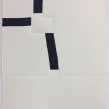
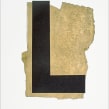
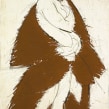
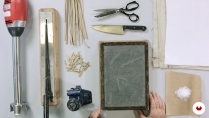
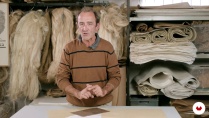

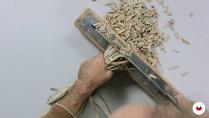
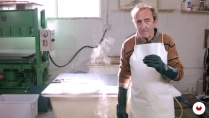
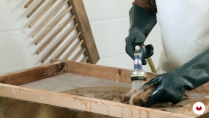

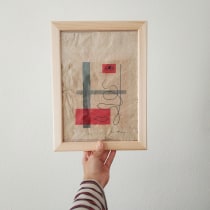
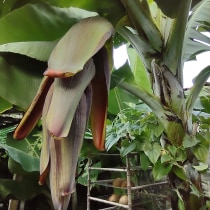


grudeum
Super wyjasnił
View translation
Hide translation
chavarriamendoza54
Me gustó y es util
View translation
Hide translation
vipi92
Me gustó mucho, es más de lo que imaginé.
View translation
Hide translation
eduardo_t
Yo creo que para comenzar en bastante completo
View translation
Hide translation
ammaryosr
Excellent cours, le processus de fabrication de papier est très bien expliqué. La réactivité de Mr Juan Barbé pour répondre à toutes les interrogations sans négliger le moindre détails m'a fait sentir que je suis entrain de suivre un apprentissage en présentiel et non 100% en ligne.
merci pour le cours et le partage d'expérience entre apprenants et entre apprenants et formateur
je le recommande vivement
View translation
Hide translation